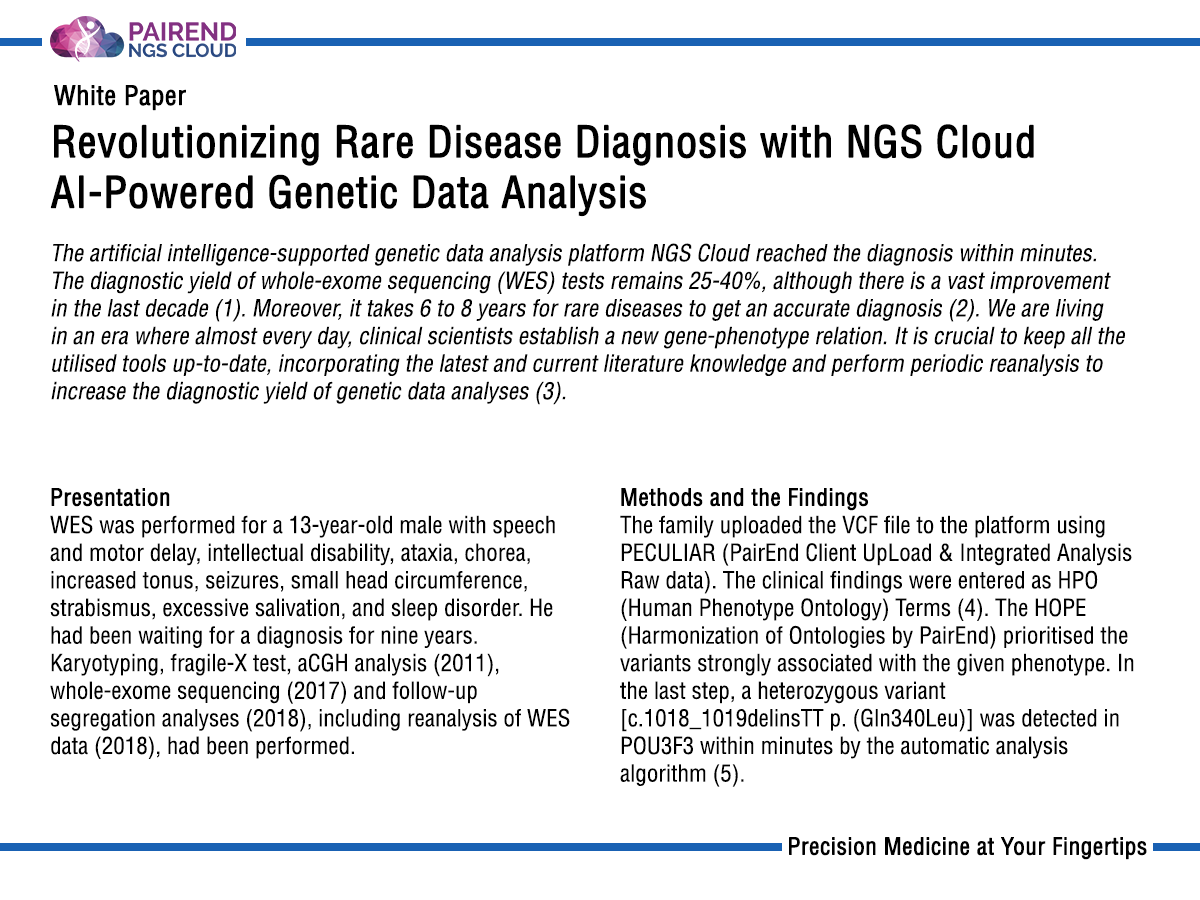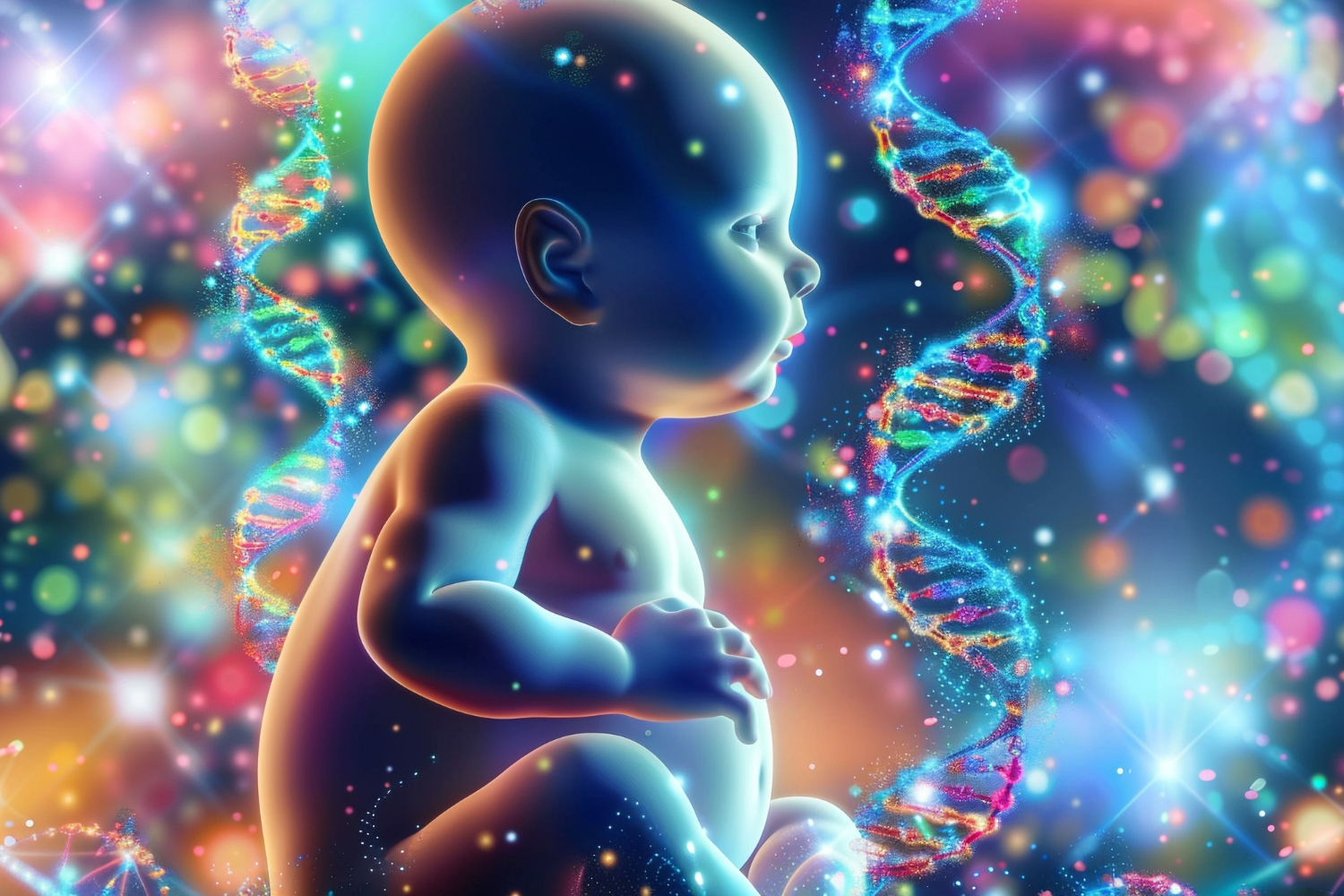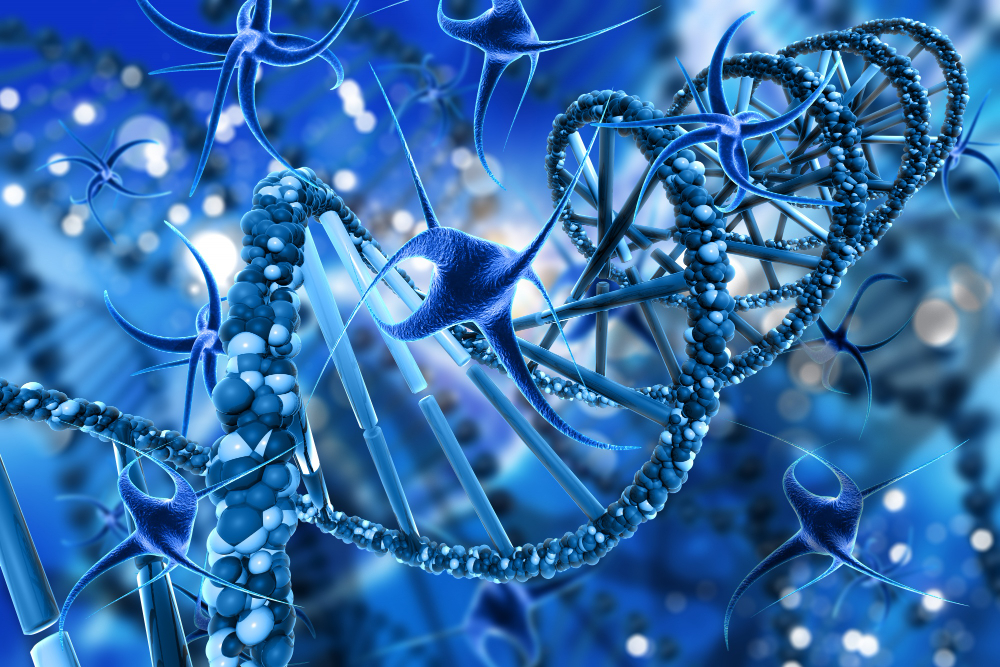
Revolutionizing Rare Disease Diagnosis with NGS Cloud
The artificial intelligence-supported genetic data analysis platform NGS Cloud reached the diagnosis within minutes. The diagnostic yield of whole exome sequencing (WES) tests remains 25-40%, although there is a vast improvement in the last decade (1). Moreover, it takes 6 to 8 years for rare diseases to get an accurate diagnosis (2). We are living in an era where almost every day, clinical scientists establish a new gene-phenotype relation. It is crucial to keep all the utilised tools up-to-date, incorporating the latest and current literature knowledge and perform periodic reanalysis to increase the diagnostic yield of genetic data analyses (3).
Presentation
WES was performed for a 13-year-old male with speech and motor delay, intellectual disability, ataxia, chorea, increased tonus, seizures, small head circumference, strabismus, excessive salivation, and sleep disorder. He had been waiting for a diagnosis for nine years. Karyotyping, fragile-X test, aCGH analysis (2011), whole-exome sequencing (2017) and follow-up segregation analyses (2018), including reanalysis of WES data (2018), had been performed.
The Methods and the Findings
The family uploaded the VCF file to the platform using PECULIAR (PairEnd Client UpLoad & Integrated Analysis Raw data). The clinical findings were entered as HPO (Human Phenotype Ontology) Terms (4). The HOPE (Harmonization of Ontologies by PairEnd) prioritised the variants strongly associated with the given phenotype. In the last step, a heterozygous variant [c.1018_1019delinsTT p. (Gln340Leu)] was detected in POU3F3 within minutes by the automatic analysis algorithm, GENIUS (GENe Interactions Under Scope) (Figure 1) (5).
Result
Nowadays, most cases (60-75%) remain unresolved after the first genetic analysis, and they can be diagnosed with a reanalysis (7). To overcome this challenge, we have built the modern data infrastructure of NGS Cloud that integrates advanced and up-to-date bioinformatics pipelines, automatic update of new publications, variants and other data points regarding gene-phenotype relationships with literature mining. Thus, it decreases the analysis time from hours to minutes, reducing manual data processing and, most importantly, more accurate clinical interpretation.
References
- Trujillano D et al (2017) Eur J Hum Genet. 2017;25(2):176‐182. doi:10.1038/ejhg.2016.146
- https://globalgenes.org/rare-facts (Last Access Date: 24.05.2021)
- Frésard, L et al (2018) Cold Spring Harb Mol Case Stud., 4(6), a003392. https://doi.org/10.1101/mcs.a003392
- Köhler S et al (2019) Nucleic Acids Res. 2019;47(D1):D1018‐D1027. doi:10.1093/nar/gky1105
- Torun, D., Arslan, M., & Yüksel, Z. (2021). Coexistence of severe developmental delay, epilepsy, and hemangioma in Snijders Blok-Fisher syndrome suggests the presence of a POU3F3-related SNIBFIS endophenotype: A case report. American journal of medical genetics. Part A, 185(5), 1554–1560. https://doi.org/10.1002/ajmg.a.62135
- Richards S, Aziz N, Bale S, et al. Standards and guidelines for interpreting sequence variants: a joint consensus recommendation of the American College of Medical Genetics and Genomics and the Association for Molecular Pathology. Genet Med. 2015;17(5):405‐424. doi:10.1038/gim.2015.30
- Baker SW et al (2019) J Mol Diagn. 2019;21(1):38‐48. doi:10.1016/j.jmoldx.2018.07.008



